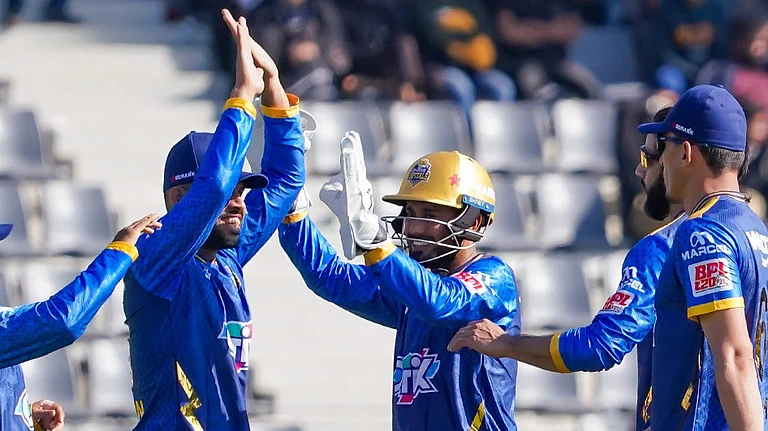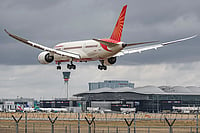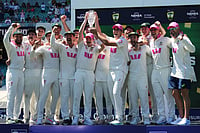Absurd Lengths
Here's why the Brihanmumbai Municipal Corporation's recent decision to go "only Marathi" has many pitfalls:
- Applications or letters in Hindi and English are neither acknowledged nor accepted
- Even within BMC, about a third of the 227 corporators cannot comprehend Marathi
- 'Official' Marathi is highly Sanskritised and even Maharashtrians find it difficult
- Presentation of scientific data and project reports is difficult
- Experts say there is no 'standard Marathi'. There are three sets of grammar rules-old, old-new and new.
- BMC's "only Marathi" diktat is ironical. In the last two years, close to 100 corporation schools have switched from Marathi to English medium.
***

Letter and spirit: The BMC has ordered all shops to go for Marathi signage by Diwali. Many are complying in haste.
Marathi in Mumbai is a given, by virtue of its being Maharashtra's capital. But there are two key issues involved in pushing the only-Marathi line. The first is that Mumbai can no longer claim to cradle only Maharashtrians; in fact, they comprise less than 40 per cent of the 18 million Mumbaikars. "There's no doubt that Marathi should be the medium of civic business. It already is, in the state government. But Mumbai is truly a city of migrants and their culture and language has to be taken into account before imposing Marathi as the only official language," says Sanjay Nirupam, a migrant from Bihar and former Shiv Sena MP who is now the Congress spokesperson.
The cosmopolitan complexion of the city makes any insistence on Marathi look xenophobic. Besides, people wonder how a global city can function with a local language as its exclusive means of interchange. In fact, as BMC goes "only Marathi", the irony is that in the last two years close to 100 of its schools switched from Marathi to English medium.
Another big question is, which Marathi to push? Each of Maharashtra's five regions has its own dialect. Historian and writer Aroon Tikekar points out that there are three sets of grammar rules—old, old-new, and new. Then there's the heavily Sanskritised Marathi of officialese; the colloquial magpie tongue that borrows from different dialects; and the "3.5 per cent Marathi" of Brahmins. There isn't, either, a common Marathi recognised universally by the multitude of computer programmes, making them incompatible with each other. BMC isn't unfamiliar with this problem. Sometimes state government circulars aren't compatible with BMC computers.
Still, municipal commissioner Jairaj Phatak insists that things are falling into place. It was Phatak who prepared the proposal that Raul passed in the general body. Why the haste? "The circular making Marathi the official language is very old; the decision wasn't implemented and that's all that we have done," he says. Clearly, his timing and that of the Shiv Sena matched. There's no telling if that was a coincidence, but recently, when Phatak mentioned the "mobile phone", an official suggested with a titter: "Bhraman dhwani, sir!"


























